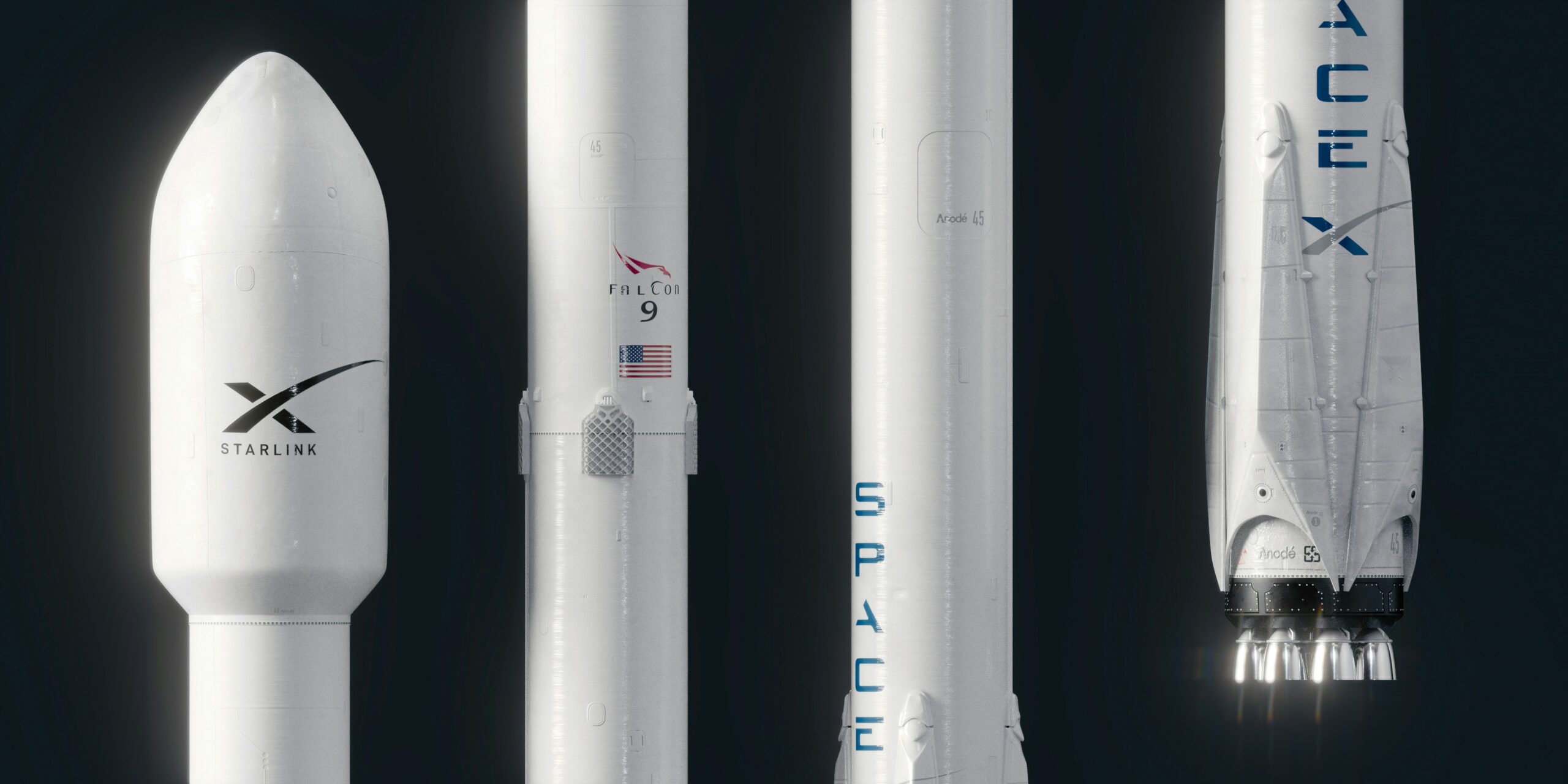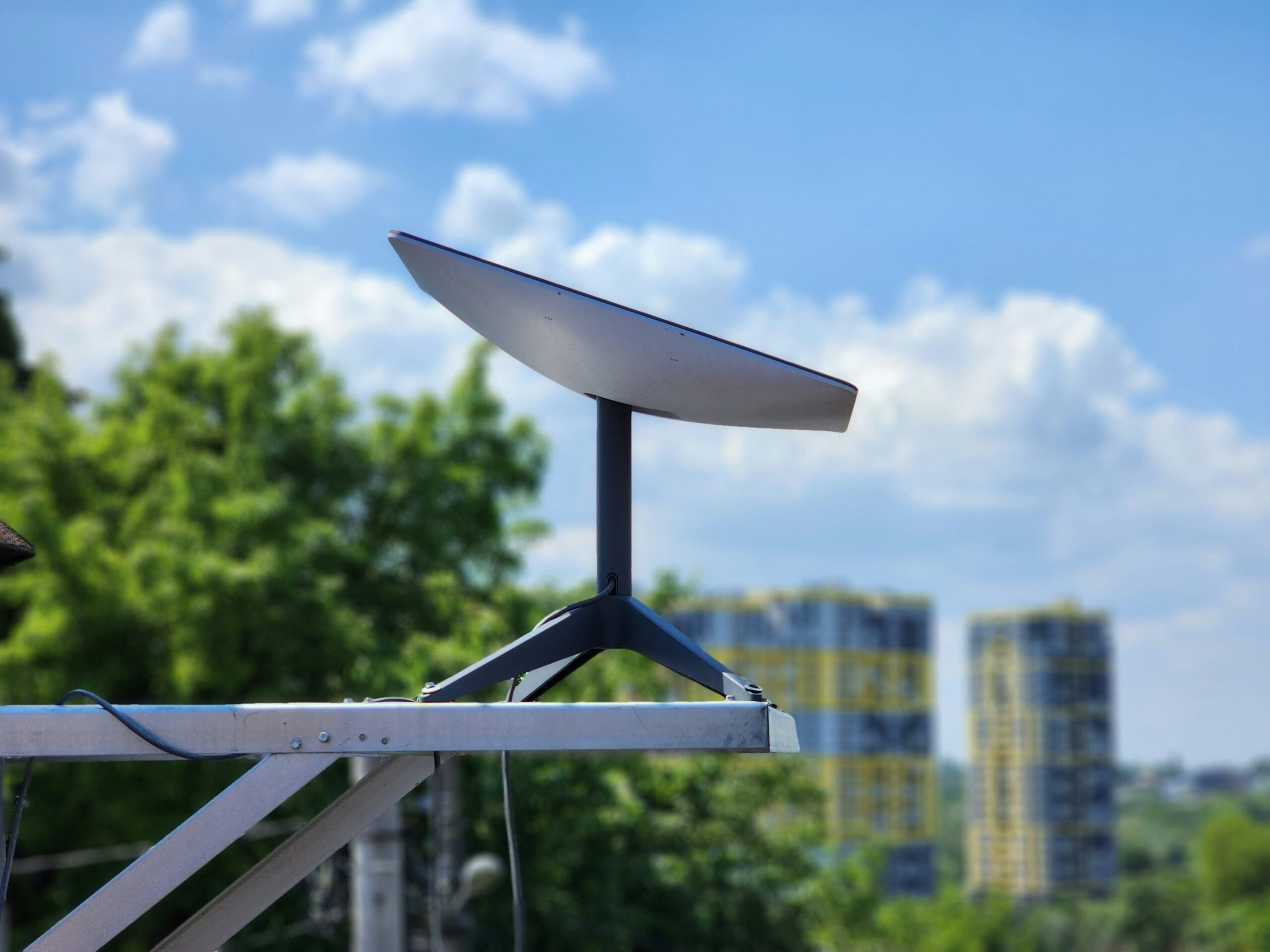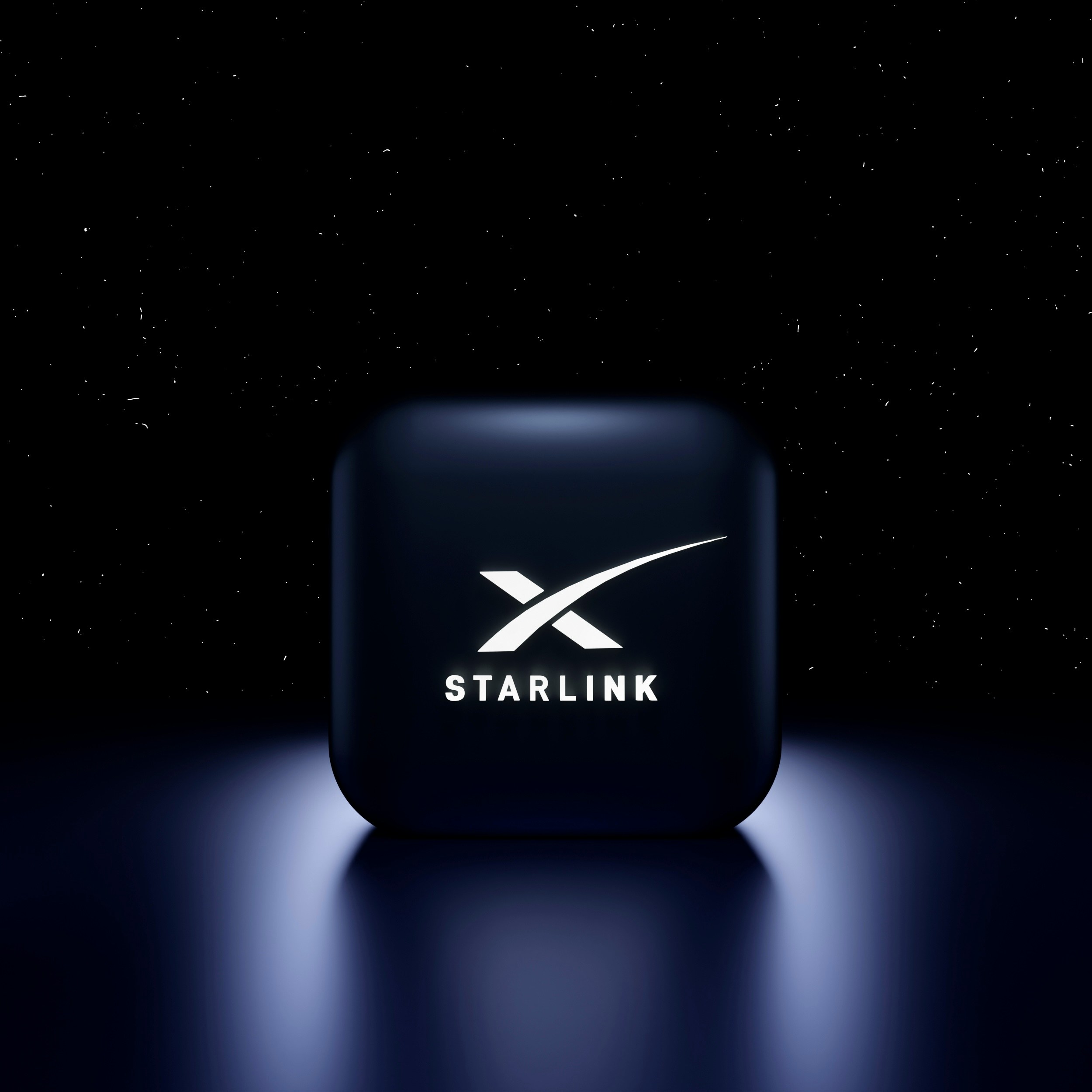Table of Contents
Discover how Starlink could revolutionize internet connectivity in Pakistan.

What is Starlink? Benefits and Dangers of Using Starlink in Pakistan
Introduction
Access to reliable and high-speed internet has become a necessity for progress in today’s world. Yet, in Pakistan, a country with over 240 million people, broadband connectivity remains a challenge, particularly in rural and remote areas. Enter Starlink—a high-profile satellite internet service launched by Elon Musk’s SpaceX. Designed to bring high-speed internet to under-served areas globally, Starlink has the potential to reshape Pakistan’s internet landscape.
But before Pakistan jumps on the Starlink bandwagon, what are the benefits and challenges of introducing satellite internet in the country? This blog will take a closer look at Starlink, its operation, and how it could impact Pakistani society, businesses, and policymakers, while also discussing its associated dangers.
Understanding Starlink

What is Starlink and How Does it Work?
SpaceX created the satellite-based internet service Starlink.Unlike traditional internet services that rely on underground fiber cables or cell towers, Starlink uses a constellation of low Earth orbit (LEO) satellites to beam the internet directly to users. These satellites form a network that communicates with ground-based receiving stations and user terminals (small satellite dishes installed at homes or businesses).
The goal is to provide uninterrupted, high-speed internet to even the most remote parts of the world where traditional infrastructure is challenging to build or maintain.
Infrastructure and Technology
Starlink operates with thousands of small LEO satellites, strategically placed around the Earth. Since these satellites orbit much closer to the planet than geostationary satellites, they offer significantly lower latency, making real-time applications like video conferencing or gaming far more practical. With an easy-to-install user terminal and mobile apps for management, Starlink simplifies connectivity, though it requires clear skies to function optimally.
Benefits of Starlink in Pakistan
Pakistan faces significant connectivity hurdles, particularly in rural and mountainous regions where deploying fiber-optic cables or 4G towers is logistically and economically unfeasible. Starlink could bring several benefits in this context:

Internet Access for Rural and Remote Areas
According to the Pakistan Telecommunication Authority (PTA), approximately 35% of Pakistan’s population remains unconnected to the internet. Starlink could reach isolated communities in deserts, mountains, and tribal belts, providing them with access to e-commerce, telemedicine, and e-learning platforms that were previously inaccessible.
Enhanced Speed and Reliability
Currently, many Pakistani households and businesses rely on DSL, outdated copper lines, or volatile 4G networks. This often results in slow or inconsistent internet speeds. Starlink promises speeds of up to 100–200 Mbps, which could be life-changing for internet users, particularly freelancers and small businesses whose work depends on consistent high-speed internet.
Boost for Key Sectors
- Education: Students in remote schools could access online learning platforms and virtual classrooms.
- Healthcare: Telemedicine could connect rural patients to urban specialists.
- E-Commerce and Freelancing: Reliable internet would enable startups and independent workers to engage with global markets.
Economic Growth and Digital Equity
Introducing Starlink could contribute to bridging Pakistan’s growing digital divide, enabling more equitable access to digital opportunities in under-privileged regions. This would not only empower disadvantaged communities but also spur economic activity.
Dangers and Challenges of Starlink in Pakistan
While the potential benefits of Starlink are striking, its introduction would not be without complications. Here are some challenges and risks to consider:
Environmental Concerns
The expanding constellation of satellites raises two significant concerns:
- Space Debris: Starlink satellites add to the growing problem of space debris, making future launches riskier.
- Light Pollution: Astronomers fear that Starlink’s satellites are affecting astronomical observations by contributing to light pollution.
Regulatory and Policy Challenges
- Spectrum Allocation: Pakistan’s telecoms operate under licensing agreements regulated by the PTA. Starlink will need government approval for frequencies and compliance with local regulations.
- National Security: Some policymakers may see foreign-operated satellites as a security risk.
- Cost Accessibility: Initial setups for Starlink require satellite dishes and user terminals, likely costing north of $500, alongside monthly subscription rates that may be prohibitively expensive for low-income households.
Potential Dependency
Relying on an international company like SpaceX for widespread internet connectivity raises questions about data privacy, sovereignty, and dependency on foreign-owned infrastructure.
Comparison with Traditional Internet Services in Pakistan
How does Starlink stack up against existing internet service providers (ISPs)?
| Feature | Existing ISPs | Starlink |
| Speed | 4–20 Mbps (DSL), 50 Mbps (Fiber) | 100–200 Mbps |
| Reliability | Susceptible to grid interruptions | More stable (weather permitting) |
| Coverage | Urban-focused | Countrywide (rural areas included) |
| Cost (monthly) | $10–$50 | $110–$150 (approx.) |
While Starlink offers superior speed and wider coverage, its higher cost could limit adoption in Pakistan.
Starlink’s Impact on Freelancing and Online Businesses in Pakistan
Freelancing has emerged as a major economic driver in Pakistan, with many professionals relying on platforms like Upwork and Fiverr for income. For freelancers in second-tier cities or remote areas, poor internet connectivity is often the biggest obstacle.
By offering reliable, high-speed internet nationwide, Starlink has the potential to:
- Enable rural freelancers to connect with global clients without disruptions.
- Support startups and online businesses in scaling operations across global markets.
- Help small e-commerce businesses operate seamlessly, even from remote regions.
However, freelancers and small businesses must weigh the high subscription costs against the potential for higher productivity and income.
Future Outlook and Recommendations
Bridging the Digital Divide
Starlink could play a pivotal role in Pakistan’s digital future by addressing connectivity gaps and boosting tech-enabled industries. However, its success would depend on striking a balance between affordability and accessibility.
Policy Recommendations
For policymakers:
- Establish clear regulations for satellite ISPs like Starlink.
- Ensure affordable pricing models by encouraging public–private partnerships.
For ISPs:
- See Starlink as an opportunity to complement existing infrastructure in underserved regions.
- Collaborate on hybrid models combining terrestrial and satellite internet solutions.
For consumers:
- Evaluate needs carefully; while Starlink offers high performance, its high cost may only be justified in specific scenarios.
The Road Ahead for Internet Connectivity in Pakistan
The arrival of Starlink could mark a new chapter in Pakistan’s internet landscape, offering a lifeline to unconnected communities and stimulating economic opportunities. However, its high costs, environmental impact, and regulatory challenges must be carefully navigated to ensure its benefits outweigh its risks.
With sufficient planning and collaboration among stakeholders, Starlink has the potential to help Pakistan achieve greater digital inclusivity and innovation. For now, its integration would require strategic adaptation to the country’s unique needs and constraints.



Pingback: Top 5 Free YouTube to MP4 Converters | Safe & Reliable Tools - Ideas | Trends